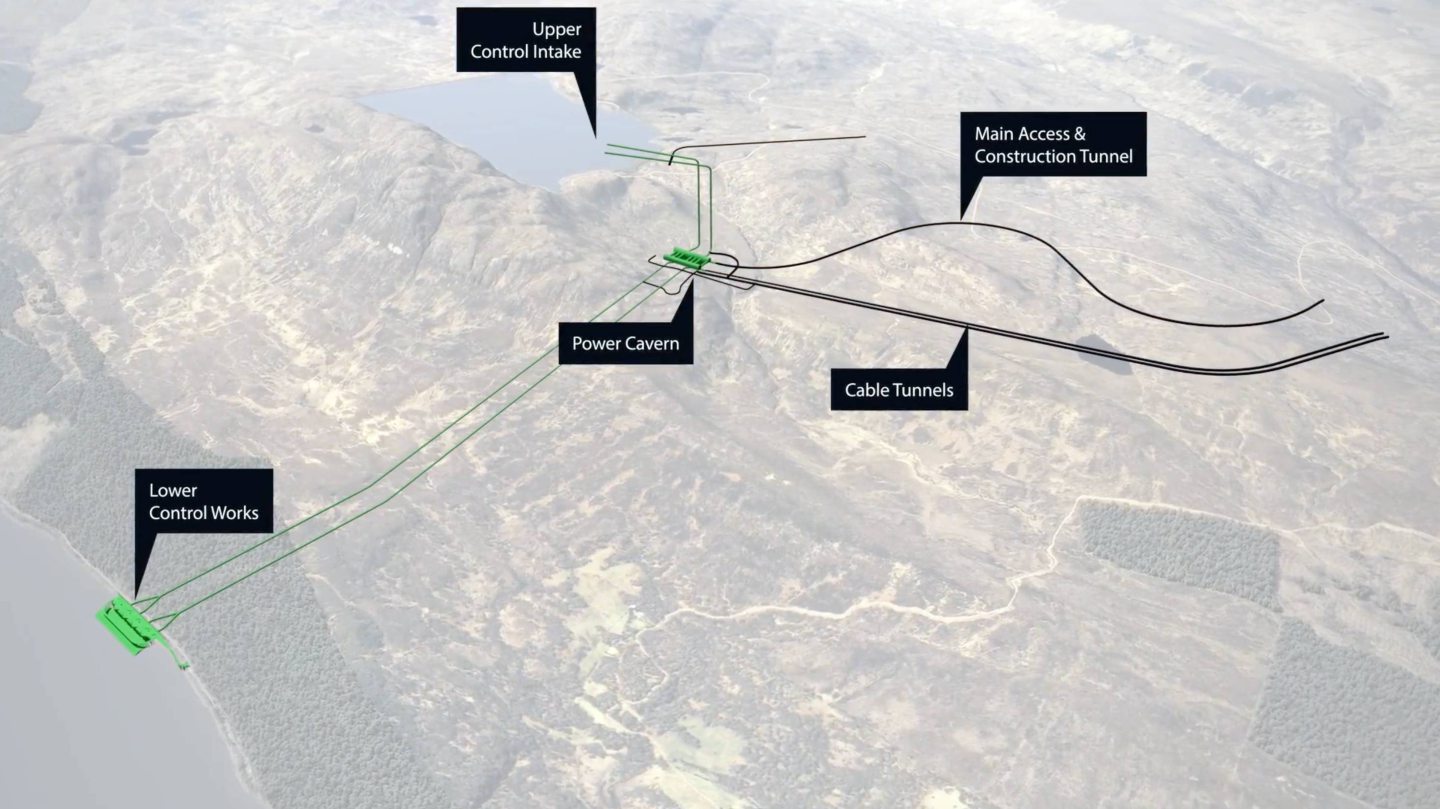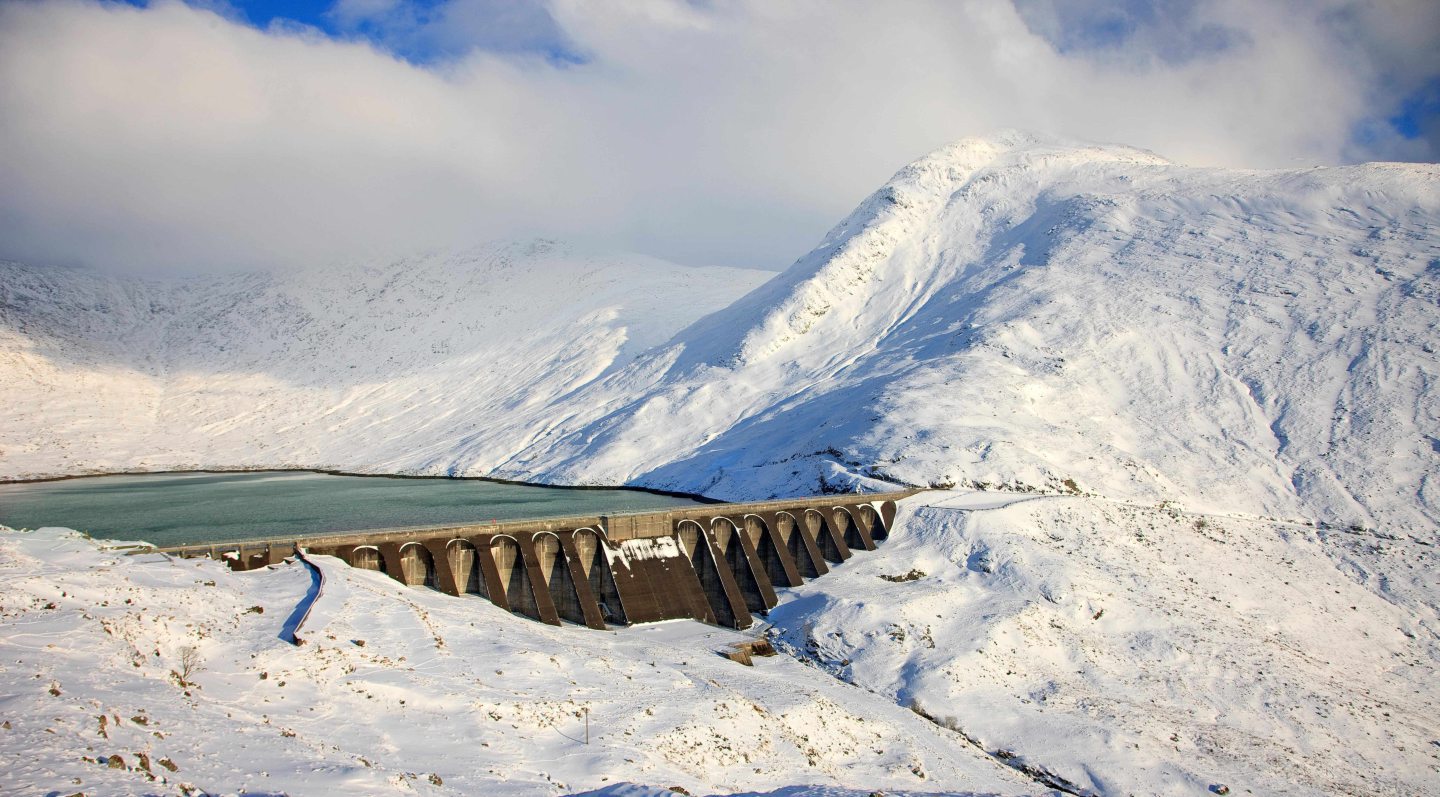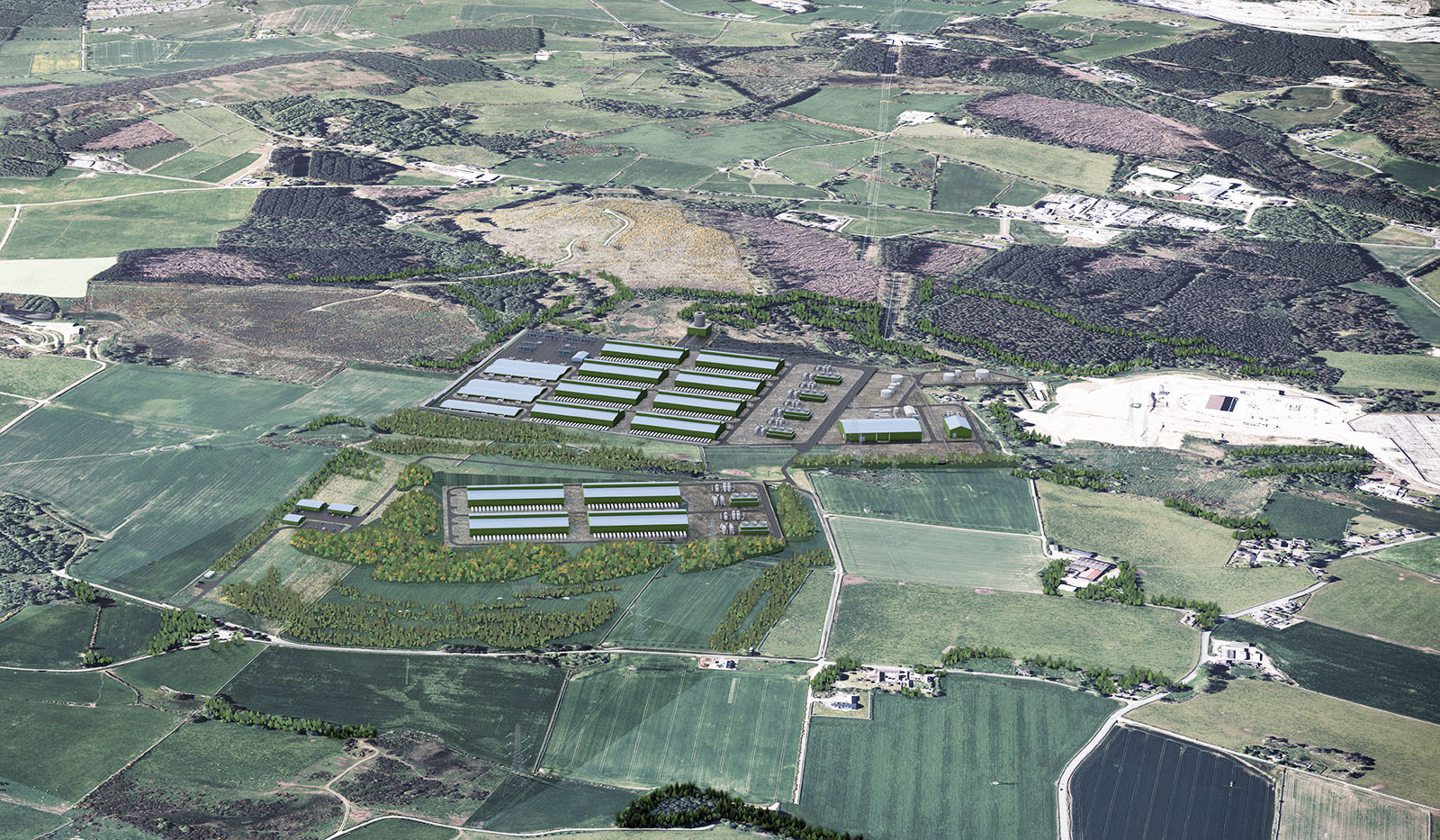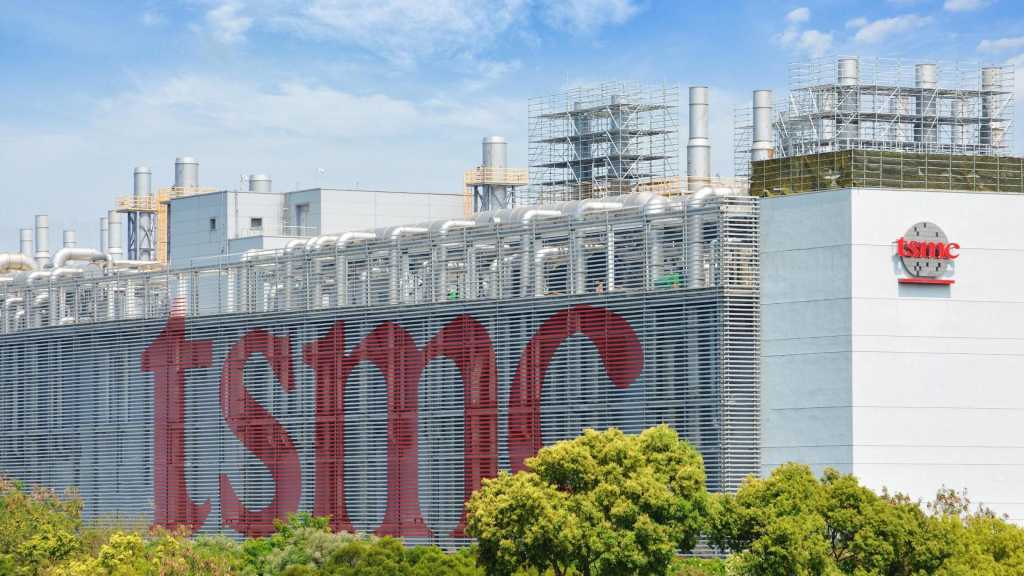The developers behind plans for the 2 GW Glen Earrach pumped storage hydro (PSH) project have submitted a planning application to the Scottish government.
Located at Balmacaan Estate in the Highlands, the Glen Earrach project will account for nearly three-quarters of the total PSH capacity planned for Loch Ness.
The site’s 34 GWh capacity will provide power output equivalent to around 800 2.5 MW onshore wind turbines for up to 17 hours.
Developer Glen Earrach Energy (GEE) said the project will be one of the largest and most efficient energy storage schemes in the UK once completed in 2030.
GEE said the site’s unique topography and 500m gross hydraulic head allow for a more efficient design.
The project is among a range of PSH projects in development in Scotland designed to store excess renewable energy and reduce the need for wind curtailment.
Glen Earrach pumped storage hydro
GEE estimates Glen Earrach will deliver a 10% in the carbon footprint of the UK grid and close to £2.9 billion in net system benefits over its first 20 years of operation.
It will also support around 1,000 jobs during the peak of construction, as well as an annual £20m community benefit fund over its 125-year lifespan.
GEE director Roderick Macleod said Glen Earrach will deliver the “most substantial community benefit fund ever in Scotland”.
“The Highlands deserves the best project, and we remain on track to deliver it, with the first power being produced in 2030,” Macleod said.
 © Supplied by Glen Earrach Energy
© Supplied by Glen Earrach Energy“We’ve listened carefully to local views and will keep doing so.
“Now we look forward to working with the Scottish Government, The Highland Council and all key stakeholders to deliver this vital project.”
Backed by the owners of the Balmacaan Estate, GEE is working with a consortium of firms including AECOM, AFRY, WSP and Alpiq on Glen Earrach.
AECOM chief executive for Europe and India Richard Whitehead said PSH will play an “increasingly important role” in the UK’s future energy mix.
“The scale of Glen Earrach has the potential to meaningfully contribute to Scotland’s net zero ambitions, and those of the UK as a whole,” he said.
Highlanders support Loch Ness pumped hydro
It comes as independent polling commissioned by GEE reveals a majority of Highlanders support the development of PSH on Loch Ness.
The Opinium poll revealed 56% of Highlanders support PSH development, with just 16% opposed.
The UK has not commissioned any pumped storage hydro capacity since 1984, but hydropower developers have proposed a raft of new projects.
The 11 most advanced pumped storage projects in the UK have a combined 200 GWh of storage capacity and the potential to attract billions in investment.
Of these, two are in Wales and nine are in Scotland, including Glen Earrach.
 © Alamy Stock Photo
© Alamy Stock PhotoOther major PSH projects in Scotland include SSE’s 1.3 GW Coire Glas, Statkraft’s 450 MW Loch na Cathrach, and Statera Energy’s 300 MW Loch Kemp Storage.
Hydropower developer Gilkes Energy is also progressing the 1.8 GW Loch Earba PSH, as well as the 1.8 GW Loch Fearna PSH in a partnership with SSE.
Meanwhile, Drax is progressing a £500m expansion to the Cruachan PSH in Scotland, one of four existing pumped storage sites in the UK.
A BiGGAR Economics report found delivering just six of the Scottish projects could create almost 15,000 jobs and generate up to £5.8 billion in economic benefits by 2035.
To support investment in the sector and other long duration energy storage projects, the UK government unveiled a cap-and-floor mechanism last year.


















